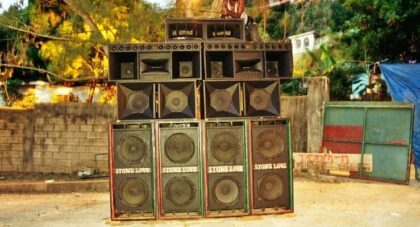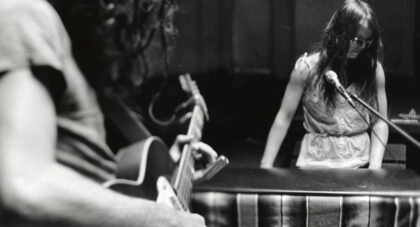Despite a plot that takes place a century ago, nearly every twist of Kyle Barnett’s new scholarly work Record Cultures: The Transformation of the U.S. Recording Industry feels acutely connected to the present. With a big picture historical view, Barnett maps how the unsettled and undefined chaos of American music coalesced into the modern world of record labels and genres with all their racist complexities and romantic myths . . .
Only the good shit. Aquarium Drunkard is powered by its patrons. Keep the servers humming and help us continue doing it by pledging your support.
To continue reading, become a member or log in.


